Banking & Finance
Eyeing aggressive growth
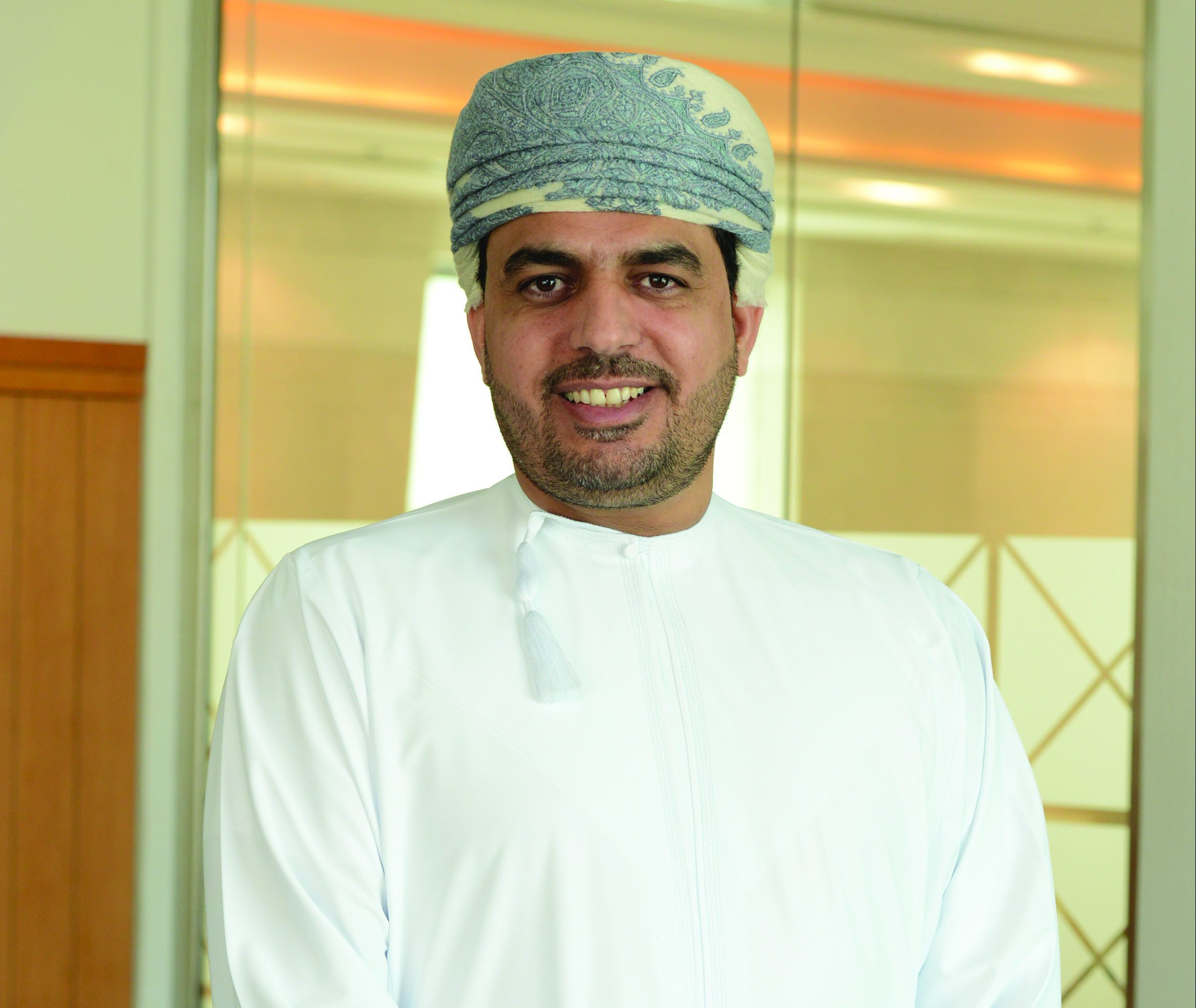
Said Abdullah Al Hatmi, CEO of Ahlibank, says visibility and service will grow multifold over the next few years as a result of the bank’s expansion strategy. Mayank Singh reports
Ahlibank has consistently been best in class on efficiency parameters. How has this been ensured?
We are moving ahead on our established strategy. The Board in their wisdom decided from day one to go in for well-diversified growth whether we are talking about the balance sheet or growth. We are very selective in terms of our relationships and the type of assets that we take on our balance sheets. We have seen sustained growth over the last ten years. If you look at the quality of Ahlibank’s asset book, it is the best in the industry. Similarly, the board from day one guided us on running the bank efficiently. While expanding we kept a close eye on our cost to income ratio, which is the best in the industry. These reflect our discipline and the corporate culture within the bank, which is critical.
It is important that these principles and values are shared by the entire organization. While an organization may use better pricing to win a one off deal, but when it comes to sustaining success that kind of corporate culture is very critical.
What are your plans for Ahlibank over the next couple of years?
The bank is embarking on a growth strategy, over the last ten years the bank has established a solid foundation – internally in terms of systems, processes, a very capable team and we have established a strong relationship across sectors. Over the next five years we are embarking on a growth phase as we are expanding our branch network. We opened a new Islamic banking branch in Sinaw in July and we are planning for four more branches in 2018. Our plan is to have a presence in all the key cities of Oman. In terms of our reach to our customers we are rebranding our offers in terms of mobile banking on the retail and B2B side. We have good solutions for our corporate customers. Ahlibank has recently introduced new products in the market, by revamping the MyHassad and MySmart schemes. We have revamped our credit card offerings in different segments of retail banking. In a nutshell over the next two years we will be introducing a number of products and expand our branch network. The bank is well capitalized in terms of its capital base and we are in a very good position to embark on a growth phase.
You touched upon two things: Ahlibank’s cost to income ratio is the lowest in the industry; this kind of prudence is a part of your culture. How have you instilled this culture?
We have never resisted the idea of investing in a sensible manner. Prior to spending we ask questions like – will this improve revenue, service to our clients, make our staff happier or enable them to do their job in a better way. If the answer is yes, we go ahead. We do a fair and thorough assessment, but we have always invested in priority areas like enhancing our systems. It is more of disciplined spending rather than anything else and this is because of an established culture of the bank.
Ahlibank has achieved a lot in 10 years but there is a feeling that it needs to grow more rapidly. Will this be happening in the next few years?
Yes definitely, the bank will be more visible and we will build upon our strong base by expanding our network. We have a well laid out plan both for a physical branch expansion and an expansion of our relationships. We are entering new markets and offering new products both in retail and corporate banking. Despite such initiatives the bank will maintain it’s discipline in terms of credit norms, quality of assets and other metrics when it comes to providing the best in class solutions for it’s clients. Our expansion will help us to reach our customers better, service them efficiently and conveniently and that’s what we are focusing on – this is one of Ahlibank’s key focus areas.
What are the other steps that are being taken by the bank to improve customer service?
We are taking quite a few measures to improve customer service. We are revamping our processes. Moreover, we are refreshing our product portfolio. This year itself we have introduced more than ten products, completely revamped the offering and benefits of our credit cards and the bank has come up with new liability products. When it comes to IT solutions, we are in the process of upgrading our Internet banking. We will enhance the flexibility of our solutions and how customers use our app – giving them greater freedom to do more on these platforms. The new system will be up and running by the end of 2018.
How has the bank’s performance been in the last one year?
The first six months of 2018 was good in terms of profitability and growth of our portfolio as we made a profit of RO14.2mn – which is a 14 per cent increase over the same period in 2017. We expect this year to end on a positive note. It will definitely be better than 2017 in terms of our financial metrics. However, in banking there is always a cascading effect, so our efforts, assets and achievements will reflect only in 2019 and beyond. We did a lot of work in structuring our balance sheet and the funding mix in 2017 and 2018. Ahlibank has a well-diversified portfolio and funding base which augurs well for 2019. Overall, the entire banking industry will perform better this year. The recovery in the oil prices though significant, will take time to manifest, as the government has started infusing liquidity into the market directly and release certain projects which were on hold recently. It is an economic cycle and the growth phase will start from 2019.
The international cost of funding has been going up for banks. How have you managed to keep your costs under check in such a macro economic environment?
The cost of funding did not increase in 2018, but as I mentioned in the banking industry it is more of a cascading effect. Interest rates started going up in 2014 and there was a rationalisation period, which enabled banks to absorb additional costs and the full impact of the rise was felt in 2016-17. After 3-4 years we have gone through the entire repricing cycle, but bank has already absorbed the additional cost. Second, it gave the bank an opportunity to restructure it’s balance sheet. A bank has different funding options at it’s disposal like borrowing, taking deposits and more.
We have introduced new products to rationalise the cost of funds. On the other hand it forced banks to lend to the right segment, sector and projects. It is quite normal that once you are hit with an increase in the cost of funds, you negotiate that. However, we have been very careful, when it comes to repricing our asset side, so that our clients are not impacted as a result of the changes in the market.
-
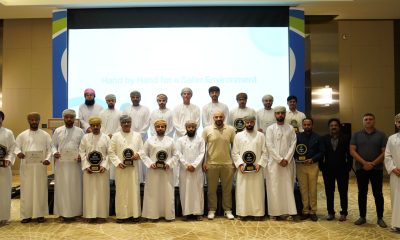
 Banking & Finance3 weeks ago
Banking & Finance3 weeks agoOman Oil Marketing Company Concludes Its Annual Health, Safety, Environment, and Quality Week, Reaffirming People and Safety as a Top Priority
-

 News2 months ago
News2 months agoSheikh Suhail Bahwan, Chairman of Suhail Bahwan Group, Passes Away
-

 News2 months ago
News2 months agoOIG Appoints New CEO to Lead Its Next Chapter of Excellence
-

 News1 month ago
News1 month agoReport: How India & The Middle East Are Exploiting Immense Economic Synergies
-
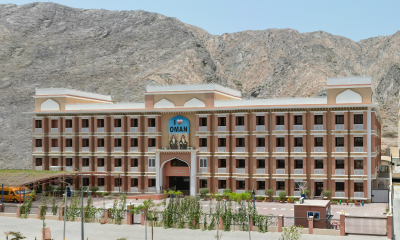
 Uncategorized1 month ago
Uncategorized1 month agoOman’s ISWK Cambridge Learners Achieve ‘Top in the World’ and National Honours in June 2025 Cambridge Series
-
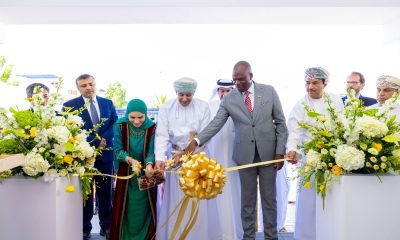
 Trade2 months ago
Trade2 months agoConsulate Office of the Republic of South Africa opens in Muscat, enhancing bilateral relations
-

 Economy1 month ago
Economy1 month agoPrime Minister of India Narendra Modi to Visit the Sultanate of Oman on 17-18 December
-
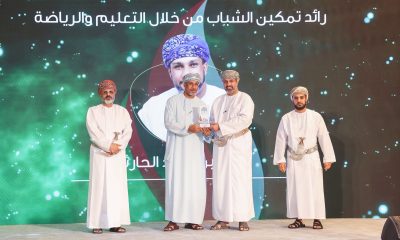
 News3 weeks ago
News3 weeks agoJamal Ahmed Al Harthy Honoured as ‘Pioneer in Youth Empowerment through Education and Sport’ at CSR Summit & Awards 2025




























You must be logged in to post a comment Login